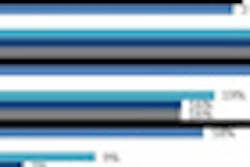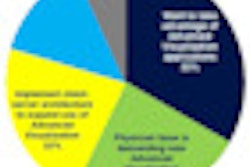Healthcare providers need to re-engineer health information technology to achieve its potential to lower costs and improve the efficiency of treatment, according to an article from RAND published in the January issue of Health Affairs.
Despite large investments being made throughout the U.S. in electronic medical records (EMRs) and related software, the cost-savings potential of healthcare IT has not been reached because the systems deployed are neither interconnected nor easy to use, according to Dr. Arthur Kellermann, a policy analyst at RAND Health, and Spencer Jones, PhD, an associate information scientist specializing in medical informatics (Health Affairs, January 2013, Vol. 32:1, pp.63-68).
"We belive the productivity gains of health IT are being delayed by the slow pace of adoption and the failure of many providers to make the process changes needed to realize the potential," Kellermann said.
In 2005, a team of RAND researchers published an analysis predicting that widespread adoption of health IT could eventually save the U.S. economy more than $81 billion annually by improving the delivery and efficiency of healthcare. However, despite the fact that annual healthcare spending has grown by approximately $800 billion each year, evidence of the safety and efficiency of health IT is mixed.
Kellermann and Jones recommended the following:
- Health information stored in one IT system must be retrievable by any clinical professional or hospital that needs it, especially in emergency situations, regardless of health system affiliation.
- Patients should have ready access to their electronic health information, be able to view their own records, and be able to share this information electronically with healthcare providers of their choice.
- Health IT systems must be engineered to aid the work of clinicians, not hinder it. Systems should be intuitive and not require extensive training.



















